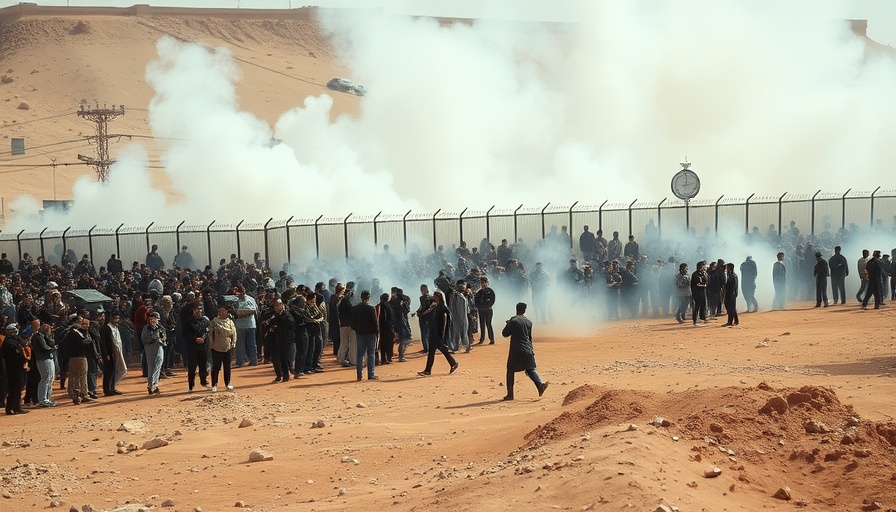
The Tragic Consequences of Food Distribution in Gaza
In a heartbreaking incident, at least 19 Palestinians lost their lives during a stampede at a food distribution site in Gaza. This tragedy underscores the dire humanitarian situation faced by many in the region, where food scarcity is a persistent crisis exacerbated by ongoing conflicts and blockades. The overwhelming desperation for aid can sometimes lead to chaotic situations, resulting in tragic outcomes like the one witnessed recently. Reports indicate that individuals were gathered in large numbers, hoping to receive essential supplies.
The Role of Humanitarian Aid
Today, the situation in Gaza highlights the critical need for structured and safe distribution methods for humanitarian aid. According to various humanitarian organizations, improving the logistics of food aid delivery could prevent such tragedies in the future. Instead of large gatherings which can lead to chaos, implementing staggered distribution or more localized outreach could help ensure that aid reaches those who need it without unnecessary risk.
Lessons from Global Humanitarian Efforts
This incident sheds light on broader humanitarian challenges worldwide. Various nations have faced similar issues where the demand for assistance far exceeds the supply. For instance, during crises in conflict zones like Syria and Yemen, the international community has often struggled to efficiently deliver aid. Learning from these situations can help coordinate better strategies and frameworks to ensure that distribution methods do not endanger lives.
The Impact of Political Turmoil on Humanitarian Access
Political instability in regions like Gaza often complicates humanitarian access. The ongoing conflict imposes strict blockades, severely limiting access to food and essential services for the population. Understanding the intersection of humanitarian needs and political situations is crucial for formulating effective policies that address both immediate needs and long-term solutions.
Looking Ahead: Ensuring Safer Aid Distribution
As we reflect on the recent tragedy, it's important for global leaders, NGOs, and community organizations to engage in open dialogues about safer practices in humanitarian aid distribution. Stakeholders must prioritize developing strategies that ensure the safety of vulnerable populations during aid deliveries. With the right framework, it is possible to alleviate suffering while preventing further loss of life.
Emotional Ties and Human Experiences
This incident also resonates on a deeply human level. Each statistic represents a life lost, a family shattered. The emotional toll on both victims and their communities is immense. It is a painful reminder of the pressing need for compassion and understanding in the face of crisis. We are urged to view these events not just as news stories but as cries for help—highlighting humanity's collective responsibility to respond effectively.
Conclusion: A Call for Action
In light of this tragedy, it is imperative for individuals globally to keep the plight of those in conflict zones like Gaza in their thoughts and actions. Join humanitarian efforts by supporting organizations that work towards safer and more effective aid solutions. Together, we can advocate for change that prioritizes human lives over logistics, ensuring that all have access to necessary aid without fear of tragedy.
 Add Element
Add Element  Add Row
Add Row 



Write A Comment